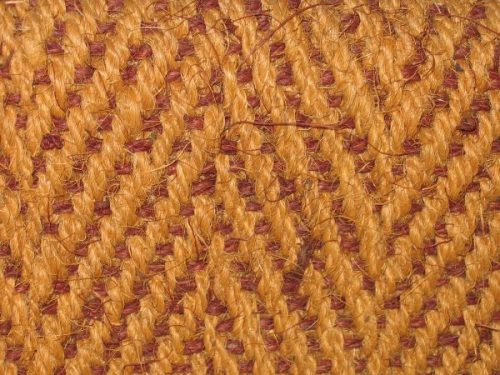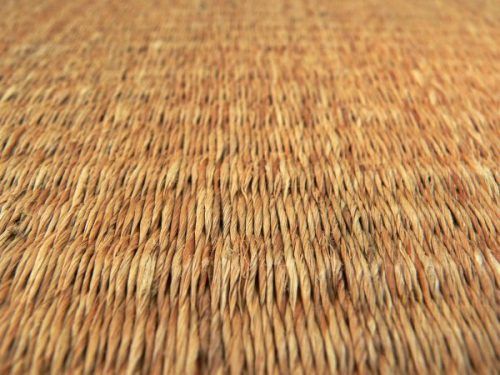Natural Composites
What are natural composite materials and what are they used for?
Natural Composites – The development of high-performance engineering products made from natural resources is increasing year on year. With companies facing the challenges that come with petroleum-based products and the need to find renewable sources – the driving force behind natural composites are based on costs (currently cheaper to manufacture with natural over manufactured composites) weight reduction, and natural composites are easier to recycle.
Natural composites are considered durable, reliable, lightweight and have excellent mechanical properties and have become increasingly popular in the automotive, building and construction industries. The automotive industry increasing use of natural composites is driving the market with Audi, Citroen, BMW, Fiat, Peugeot, Toyota, Volkswagen, Renault, Volvo and Ford all using natural fibre composites in their vehicles.
These components are generally based on polypropylene resin and natural fibres are considered preferential over glass and carbon materials based on price, weight, reduction and recycling.
The most popular natural fibres include flax, jute, hemp, sisal, ramie and kenaf fibres, but there is a growing interest in other materials such as wheat, bamboo, abaca and even pineapple leaf for different applications. Unlike manufactured composites, natural fibre composites can have inconsistent performance based on the time and location of harvest as they are incredibly sensitive to temperature, moisture and UV radiation.
In all plant-based fibres, the basic chemical structure of the cellulose is similar but they have different degrees of polymerization. These factors all contribute to the diverse properties of natural fibres.


Benefits and Downsides of Natural Composites
There are many benefits to using natural fibre composites; many see the environmental issues as the main; natural Composites are considered a renewable source, and therefore will always be readily available, and the production energy that is required is a third of what would be needed for glass fibres. For many companies that are looking to reduce their CO2 emissions, plant fibres absorb as much Co2 during their growth as is given off when they decompose.
When processing natural fibres, they offer non-harmful processing. No tool wear and no skin irritation which is seen with many glass fibres. And physical natural fibres have high specific strength and stiffness than glass, with a low density and thus a low weight. Natural fibres can be used in common composite processing such as injection moulding, extrusion compression moulding, sheet moulding, RTM and pultrusion. For small to medium-sized components due to the nature of the fibre, injection and compression mouldings are preferred due to their simplicity, for larger structures, an open mould is most suitable for the fibres.
Natural fibre modifications can be considered to improve the adhesion of different matrices by changing surface properties. An excellent strength and stiffness can be achieved with a strong interface that is very brittle. The stress transfer from the matrix to the fibre can also be reduced with a weaker interface. Additives with higher amounts of anhydride create more sites for chemical links which result in higher performance at low additive content. This also reduced the amount of water absorption (critical to the mechanical properties of natural fibres).
There are, of course also numerous downsides to natural fibres. The primary issues are their relatively high moisture absorption and impact strength. Natural fibres absorb moisture that causes swelling. This can impact their use. When processing, natural fibres generate odour with the degradation process and have maximum processing temperatures that are lower than glass fibres. In order to increase the density of fibres, some often need to be pelletised to increase density.
Whilst using natural fibres can reduce C02 emissions there are environmental downsides to natural fibre composites, including low durability due to weathering or fungus attacks. The quality of natural fibres is not always guaranteed due to unpredictable influences such as harvest, weather and location.
Can I mix natural with chemical?
Natural fibres in petrochemical-based thermoplastics and the thermoset matrixes have been studied extensively over the last two decades. Most common has been the use of Polyester, epoxy resin, phenol formaldehyde and vinyl esters are the most widely used matrices for natural fibre composites.
There have also been developments in polymers that have been developed from renewable sources, such as starch which is a naturally occurring polymer. Other bio-based polymers such as soy-based biodegradable resins have been tested with natural fibre composites with varying results.
Are natural composites suitable for me?
With further technological advances over the last ten years, and increasing interest from the automotive, construction and aerospace industries, natural fibres are becoming increasingly prevalent due to their lightweight, competitive specific strength and stiffness.
The environmental benefits that come with natural fibre composites including C02 emissions and renewable nature as well as the ease and flexibility of manufacturing and processing with ongoing improvements in performance, durability and value. Natural composites still have a long way to come to match the performance, durability and resistance of its chemical counterparts but the gap is becoming smaller and smaller.
To talk to one of our technical experts about natural composites and how they may work for you and your business, send us an email or use our contact form and one of the team will be in touch.
